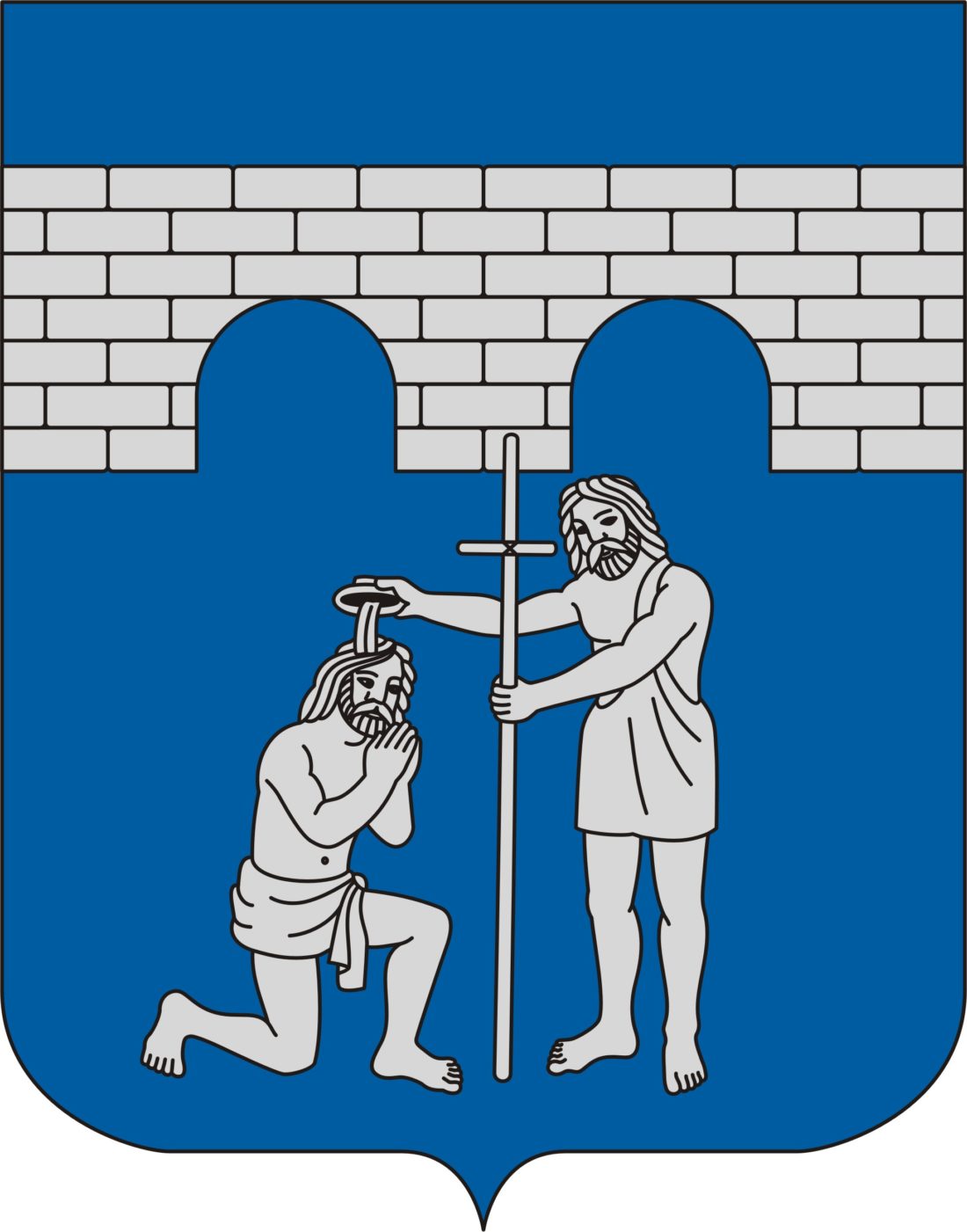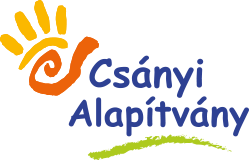
Get to know the Jászság! – Jánoshida
In the Jászság group 4, 16 children from 8 settlements come to the Jászberény Community House in the capital of Jászság and we would like to get to know the values and sights of each other’s settlements. So the slogan of one of our summer camps is: “Get to know Jászság!” became and in the planned five days we will walk through the children’s settlements on a hiking trail we dreamed of. In the first round, the families help to map their own village and together with the children make a description of the sights and a hiking trail, then photos are taken of the buildings and landscapes. We are constantly sharing these compilations with you. Our fifth settlement: Jánoshida. The description was compiled by: Bianka Mága and Regina Kállai. ” Andrea Hábenciusné Balla, mentor, Jászság group 4
Jánoshida lies along the lower reaches of the Zagyva, from Szolnok – where the river flows into the Tisza – approx. 30 kilometers. Jászberény approx. It is located 20 km in the opposite direction to the county seat. Its area is flat, the floodplain of Zagyva, with moderately or well-growing loam soils. Population: 2370 people (based on 2018 data). Around 1186 III. Thanks to the donation of Béla, monks from Premontre settled here, who built a church dedicated to St. John the Baptist. The name of the village at that time was Holy Cross, later the name Jánoshida was probably given to its patron saint.
According to the tradition of the Hungarian Premontreians, the construction of the church in Jánoshida can be dated to 1186. The central part of today’s church has preserved Roman remains. The first church was a single nave. At the eastern end of the nave there is a chapel with a symmetrical arrangement, of the same shape and size, with polygonal closures, on each side. The demolished main sanctuary was of a similar shape. The semicircular gate of the southern chapel, which is adorned with columns starting from a richly articulated plinth and ending with a nipple chapter, is almost intact, with chapters depicting the human face. A similar, though larger, main gate to the west façade was originally made with a leaf-decorated chapter. The building material of the ancient church was carved basalt tuff quadrangstone. High in the south wall of the nave are two long windows with narrow semicircular closures and sloping coffins on the outside and inwards. The western corners of the nave were accentuated by a plinth-walled pillar protruding slightly from the wall plane. Between these was the ornate main gate with a semicircular closure, protruding from the wall plane. The persons of the chapels were divided by wooden columns at the corners, which, like the interior design, were decorated with column chapters. The wooden poles, starting from the plinth, are decorated with bud-shaped column heads that hold a circumferential dividing ledge. This is where the vault of the sanctuary begins. Between the nave and the sanctuary of the chapel is a small window decorated with a cylindrical member on both sides, with a semicircular closure and a half-cylindrical member in the middle. Here once stood the side altar. The triumphal arch of the chapel is ornate, starting at the northern chapel, presumably from partially shaped brackets, which were largely carved during Baroque construction. The statue of St. John of Nepomuk is located in the church garden.
The monastery castle of Jánoshida was erected by the provostship of Csorna in 1816 in a classicizing late baroque style for the purpose of a convent and estate administration center; the works were completed in 1819. One of the outbuildings of the castle still stands today, where the kitchen once functioned. The castle park used to stretch to Zagyva, with an orchard on the church side: the II. After the World War II, plots of land were developed in the area of the parceled park, on which family houses were built. The remaining part of the park in front of the castle is a World War I memorial and a headstone. In 1949, the building was nationalized and service apartments were built on the upper level of the castle. The lower level provided community functions, and for a time the primary school daycare home operated here. The building was partially restored in 1987, at which time a seniors ’club, offices, and apartments were placed within its walls. The building was gradually evacuated in the mid-1990s and is now empty and under renovation.
The fountain was handed over in the village days of 2002, together with the leisure park, which was set up with the support of the Ministry of Youth and Sports, as well as money from the municipality’s own budget. The gargoyle frog and fish figures depict the past of the area. According to an archival newspaper article, the leisure park was set up in an area formerly called Mosquitoes, where a public bath and bowling alley had been operating for a few decades. Before the handover, this area was marshy, swampy for a long time, a “paradise of weeds and frogs.” 7,000 cubic meters of land were applied to the area, raising the ground level by an average of 80-90 cm. They were landscaped, equipped with wooden toys, and a small pond with a stone border and a small wooden bridge to preserve the memory of the past.
Until World War II, the Zagyva Bridge was guarded by a statue of St. John of Nepomuk. In place of the statue stood a poplar tree that was cut down in 1999. As part of a series of millennium ceremonies, a carved statue was unveiled in the summer of 2000 at the foot of the Zagyva Bridge. The XVIII. In the 16th century, the restored church was dedicated in honor of St. John the Baptist. The bridge also appears on the seals from this age, marking our village, and in front of it the scene of the baptism of Jesus. The coat of arms of the church from this age also depicts the depiction of St. John the Baptist. According to some sources, the settlement got its name from the statue of St. John the Baptist once standing on the bridge. (Jakab Rubb) However, it turned out that the statue of St. John of Nepomuk once stood on the bridge (which is now in the church garden) and already in 1401 our settlement is registered as Jánoshida. St. John of Nepomuk died a martyr’s death in Prague in 1393 when the king threw him into the Vltava River for not revealing what the queen accused of infidelity confessed to him during confession. His fame could even reach our village.


